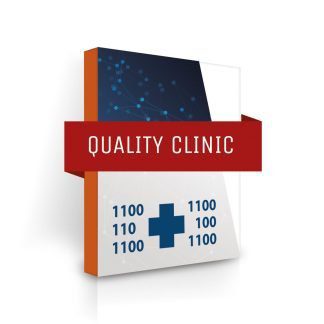Description
Leveraging Advanced Systems for Complete Visibility and Control in Supply Chain Management
Introduction
In today’s volatile supply chain landscape, visibility and control aren’t luxuries; they’re necessities. Emerging technologies offer unprecedented oversight over every aspect of the supply chain, from sourcing to final delivery. This article dives deep into how advanced systems can facilitate demand forecasting, prevent stock-outs, and avert overstocking, ultimately enhancing operational efficiency.
The Necessity of Full-Scale Visibility
Real-Time Data Access
Immediate access to real-time data is the first step. This empowers decision-makers to act swiftly. Reduced lag in data reporting equals higher agility.
Single Source of Truth
A unified data platform consolidates all key metrics. No more scattered dashboards or siloed departments. Streamlined workflow guaranteed.
Predictive Analytics
The application of machine learning models can predict trends. Leveraging this predictive insight assists in demand planning. Potential issues can be nipped in the bud.
Total Control as an Operational Imperative
Centralized Systems
A centralized ERP or SCM system offers a unified view. All stakeholders can have real-time information at their fingertips. Decentralization is a recipe for inefficiency.
Inventory Management
Stock management with a centralized system simplifies the task. One system can coordinate across multiple warehouse locations. The end result: effective inventory turnover.
Cost Management
Advanced systems provide cost analytics. They identify wasteful spending and inefficient processes. Financial control is financial freedom.
Key Technologies for Enhanced Visibility and Control
IoT and RFID
Internet of Things (IoT) and Radio-Frequency Identification (RFID) offer granular tracking. These technologies provide data on the location, condition, and status of goods.
Blockchain
Blockchain technology ensures data integrity. It prevents unauthorized changes to the supply chain record. Full-proof security achieved.
Big Data Analytics
The insights derived from big data are transformative. They facilitate dynamic pricing, demand forecasting, and risk assessment. Informed decisions are effective decisions.
Strategies for Implementing Advanced Systems
Phased Rollout
Opt for a phased implementation strategy. This allows for troubleshooting and adjustment. Initial bugs shouldn’t derail the entire system.
Stakeholder Training
An advanced system is only as good as its users. Comprehensive training ensures maximum utility. Knowledge is power; make sure your team is well-equipped.
Continuous Monitoring and Updates
Regular system updates and real-time monitoring are essential. Both hardware and software should be kept up-to-date. Stale technology equates to compromised efficiency.
Conclusion
In the ultra-competitive world of supply chain management, advanced systems providing complete visibility and control are game changers. These systems aren’t just about tracking and oversight; they provide actionable insights that drive informed decision-making. Through real-time data, predictive analytics, and centralized systems, organizations can achieve an unprecedented level of operational efficiency.
Capitalize on technology. Steer clear of stock-outs. Eliminate overstocking. Let full-scale visibility and control be your guiding light in an increasingly complex and uncertain supply chain landscape.




